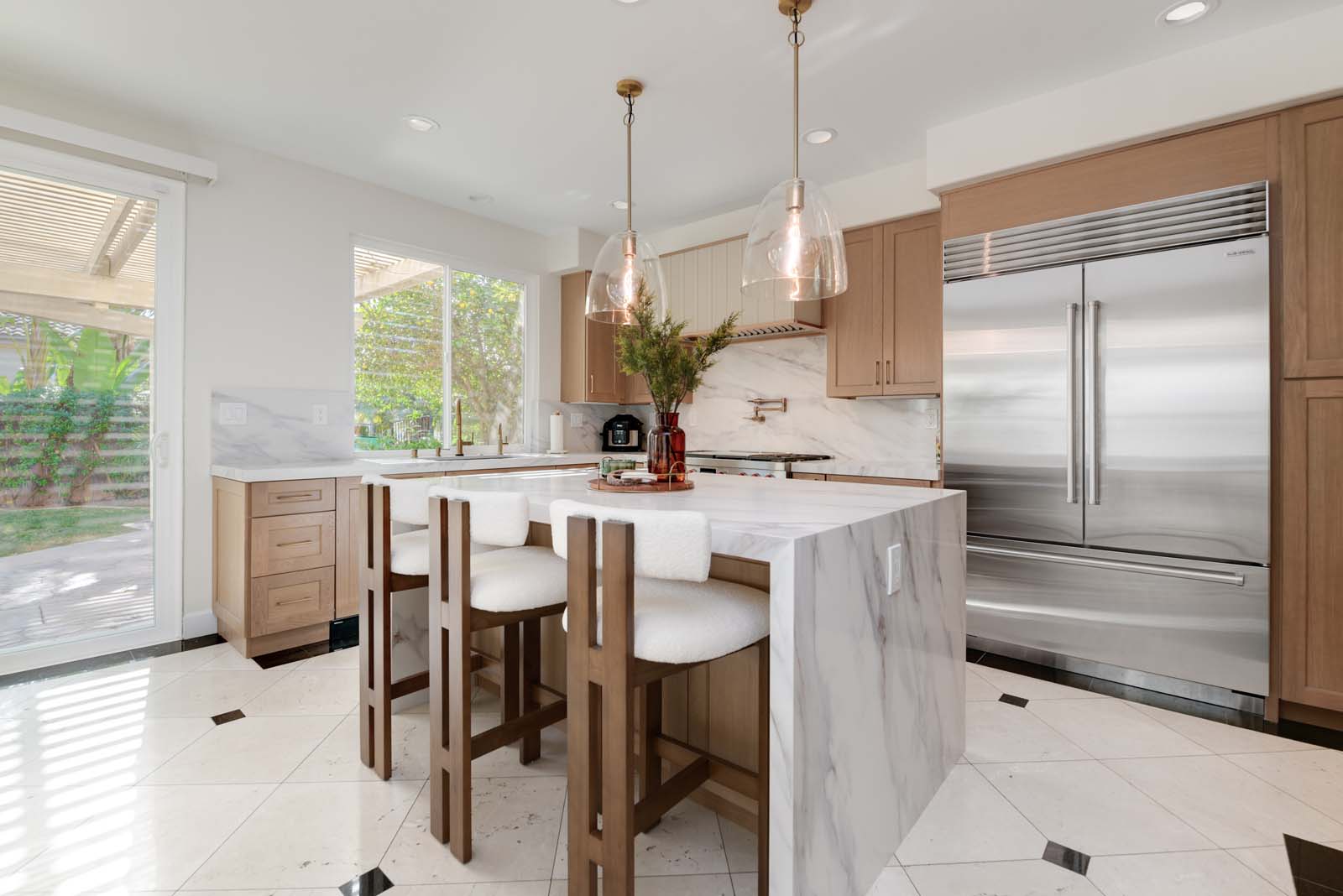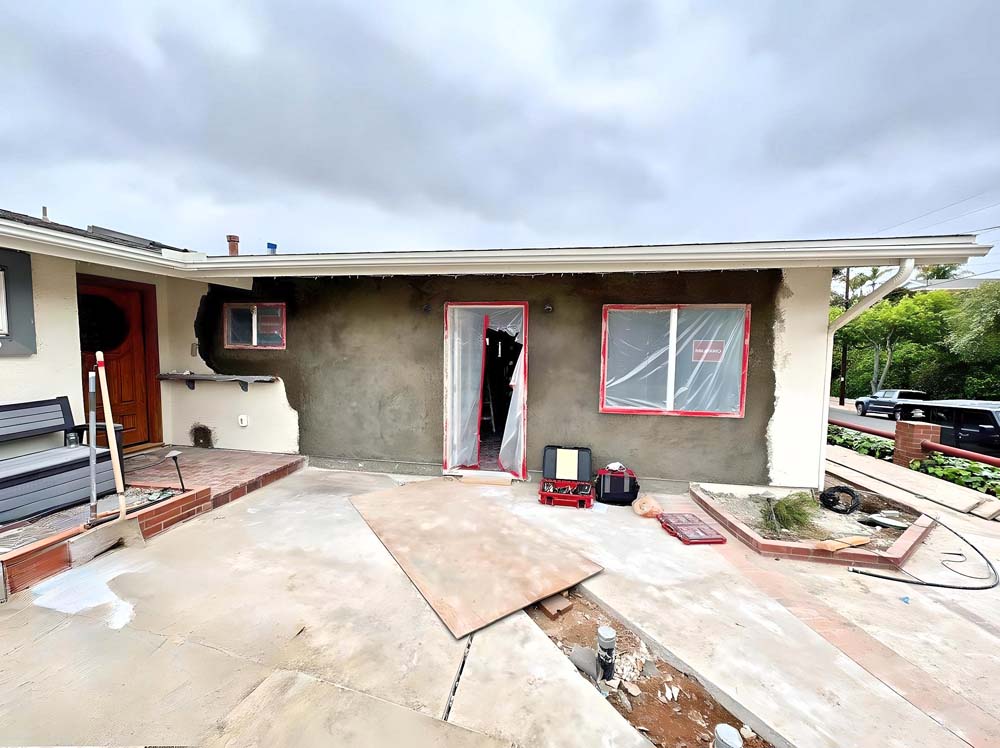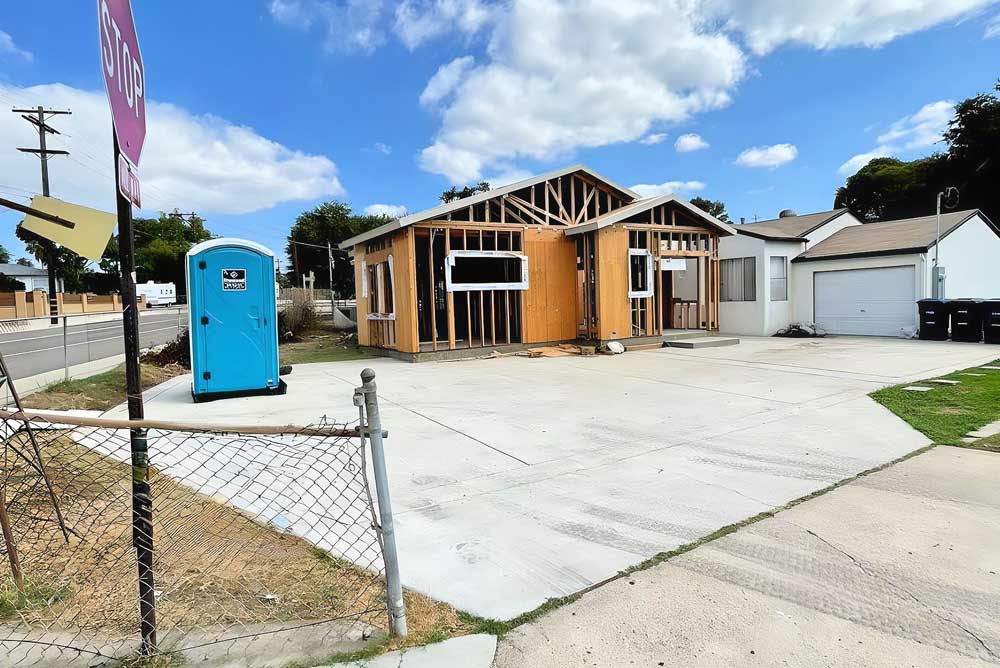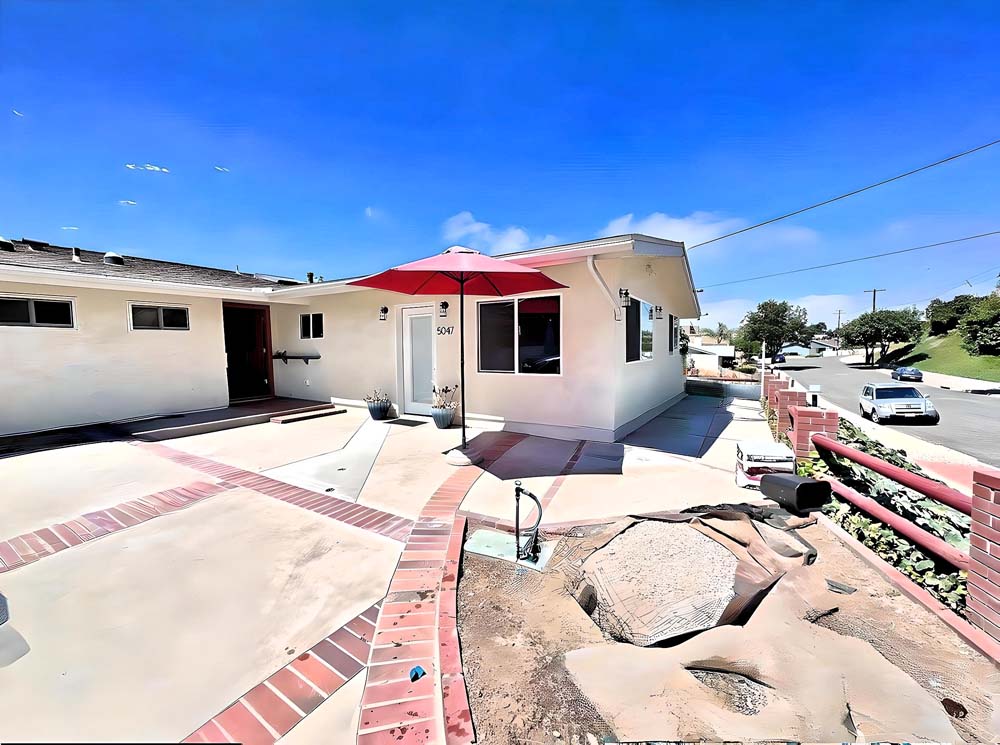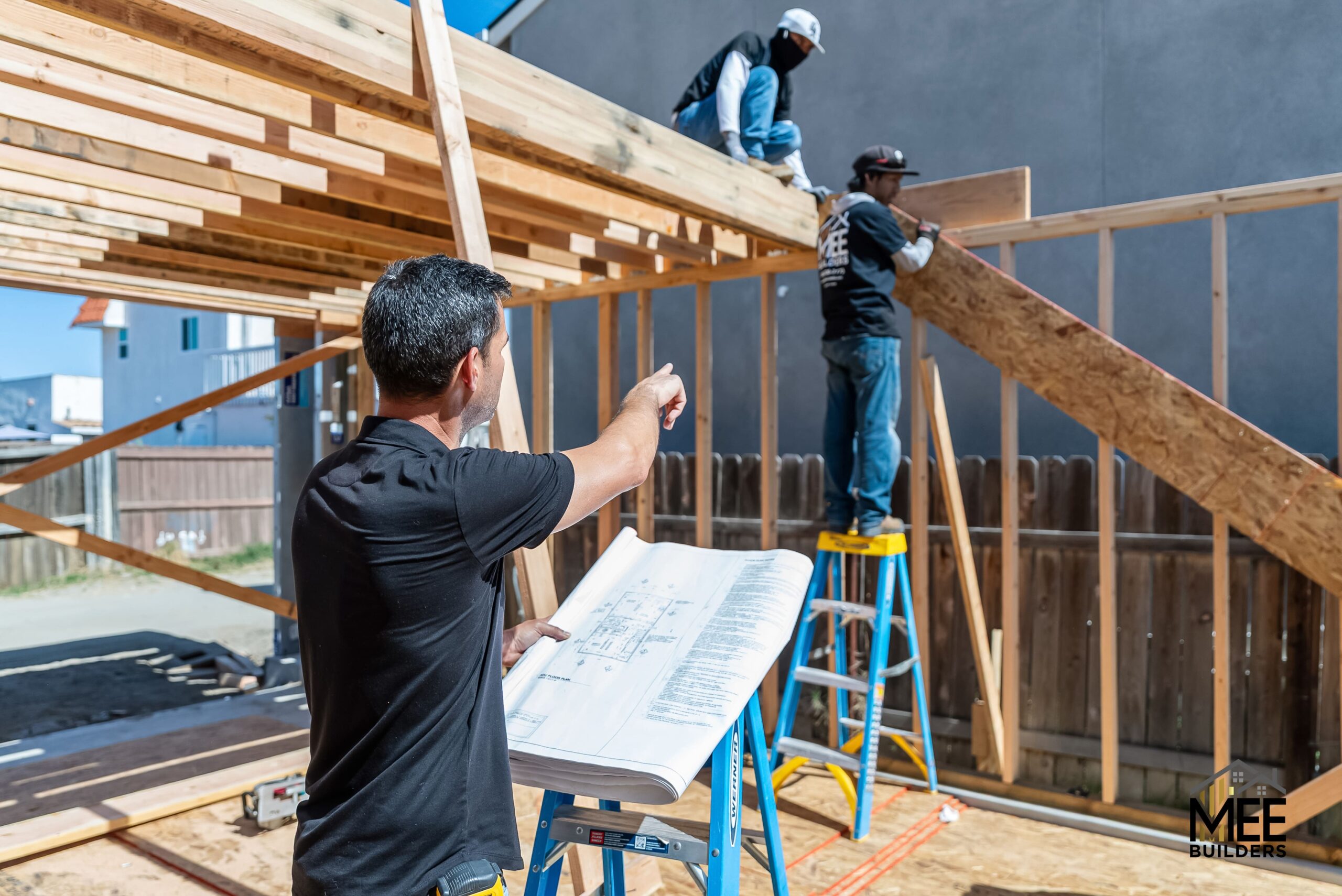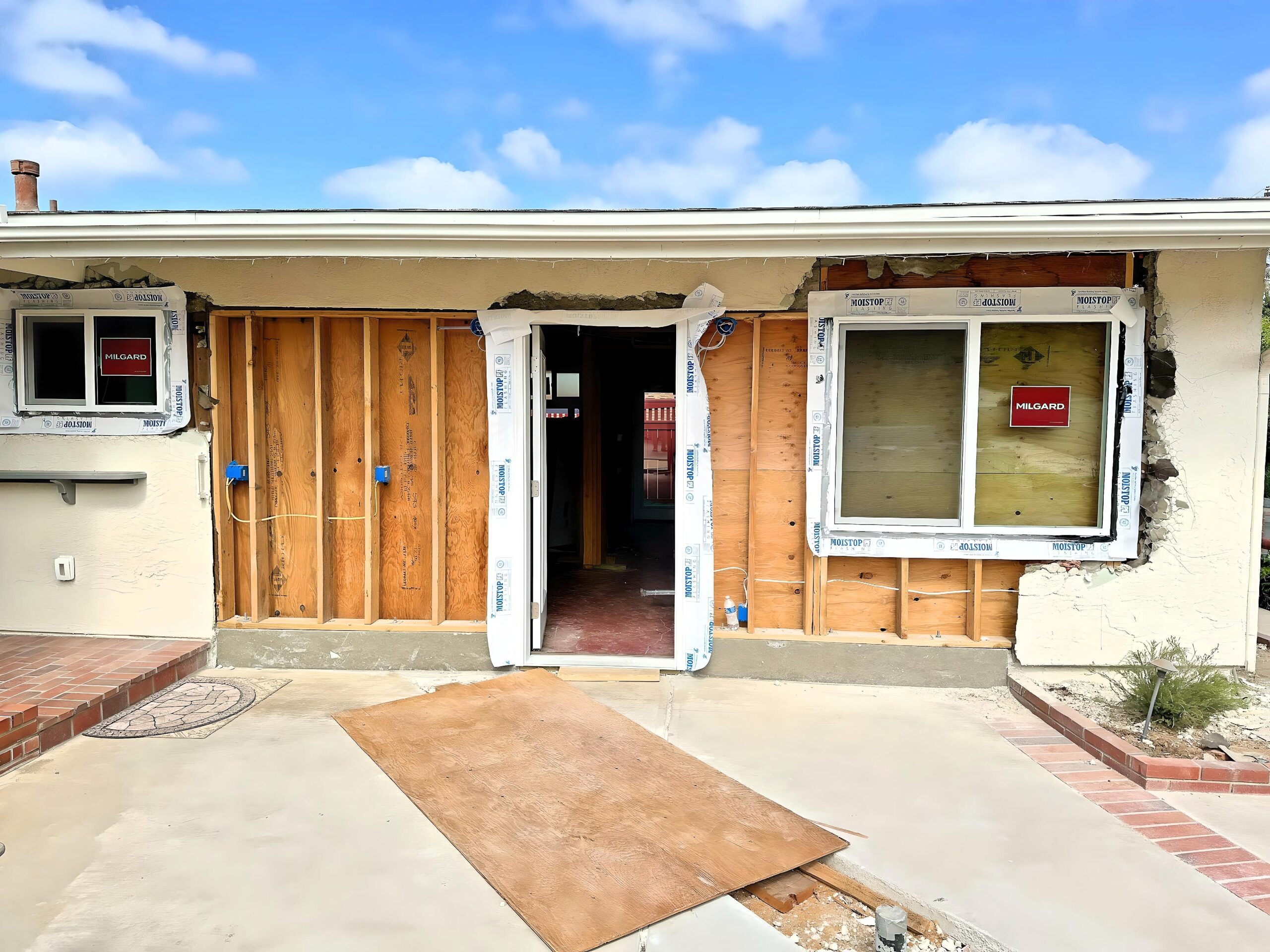A Room-by-Room Guide to Spotting Unpermitted Work
Buying a home in San Diego County? Learn how to identify potential code violations and illegal construction before you close.
Walking through a beautifully renovated home during a showing can be exciting—fresh paint, modern fixtures, updated kitchens. But beneath those attractive surfaces could lurk unpermitted work that becomes your expensive problem after closing. As San Diego’s code violation specialists, we’ve seen countless buyers inherit costly issues that could have been spotted with a trained eye.
This guide will walk you through each room of a home, revealing the telltale signs of unpermitted work that every buyer should know. While this doesn’t replace a professional inspection, it will help you ask the right questions and know when to dig deeper.
Kitchen: The Most Violated Room in the House
Kitchens see more unpermitted work than any other room because homeowners underestimate permit requirements. Here’s what to examine:
Relocated Appliances & Plumbing
Look at where the sink, dishwasher, and refrigerator sit. If the kitchen has been “completely remodeled,” but the sink is in a different location than original construction, that required permits. Check under the sink—DIY plumbing often shows through uneven cuts in cabinet bottoms, multiple coupling connections, or flexible lines where rigid pipes should be.
Kitchen Islands & Peninsulas
That gorgeous kitchen island with electrical outlets and pendant lights? Both electrical and construction permits were required. Red flags include:
- Outlets on islands without GFCI protection
- Pendant lights that seem off-center or poorly anchored
- Islands that feel unstable or show gaps where they meet the floor
- Gas lines running to island cooktops (major permit requirement)
Range Hood Ventilation
Check if the range hood actually vents outside. Unpermitted installations often vent into the attic (fire hazard) or have no vent at all (just recirculating). Look for:
- Microwave-hood combos in spaces too tight for code clearances
- Professional-style ranges without adequate ventilation upgrades
- Vent hoods that don’t align with the cooktop below
Electrical Overload Signs
Modern kitchens need significant electrical capacity. Warning signs include:
- Multiple appliances on shared circuits (test by running microwave and toaster simultaneously)
- Extension cords permanently in use
- GFCI outlets more than 6 feet from the sink
- Under-cabinet lighting spliced into existing outlets
Bathrooms: Water + Electricity + DIY = Problems
Bathroom additions and remodels consistently top our unpermitted work discoveries. Here’s why:
The Illegal Half-Bath Addition
That convenient powder room off the garage? Often unpermitted. Check for:
- Bathroom ventilation that doesn’t exit through the roof
- Toilets in spaces without proper clearances (30″ wide, 21″ in front)
- Doors that open inward in tiny bathrooms (egress violation)
- Plumbing that runs exposed along walls rather than inside them
Shower & Tub Red Flags
- Glass shower enclosures without tempered glass stickers
- Shower pans that feel spongy or show cracks at edges
- Tile directly over drywall (no cement board or waterproofing)
- Curbless showers without proper slope permits
- Jetted tubs without dedicated circuits and GFCI protection
Ventilation Issues
Every bathroom needs proper ventilation. Problems include:
- Exhaust fans venting into attic instead of outside
- No exhaust fan in windowless bathrooms
- Fans that barely move air (undersized for room)
Converted Garages: The #1 Unpermitted Space
In San Diego’s expensive housing market, garage conversions are everywhere—and 70% lack permits. Here’s how to spot them:
Obvious Conversion Signs
- Garage door replaced with wall and windows (check from outside)
- Finished flooring at different level than house (garages sit lower)
- Room feels colder/warmer than rest of house (inadequate insulation)
- Windows that don’t match the home’s style or alignment
Hidden Problems
- Original garage door tracks painted over but still visible
- Ceiling height under 7’6″ (garage conversions often have low ceilings)
- No heat source or obviously added wall heaters
- Single exterior door without required landing/steps
The “Reconverted” Garage Trick
Sellers often reinstall garage doors before listing to hide conversions. Look for:
- Fresh concrete patches where plumbing was removed
- Electrical outlets at interior room height (not garage height)
- Finished drywall and paint inside garage
- HVAC vents hastily covered but visible
Additions: Where Big Money Meets Big Problems
Room additions represent the most expensive unpermitted work to legalize. Investigate:
Foundation Mismatches
- Visible foundation lines where addition meets original house
- Cracks at interior walls where addition connects
- Floors that slope away from original structure
- Different foundation types visible from crawl space
Roofline Irregularities
- Rooflines that don’t match original architecture
- Valleys where addition roof meets original (leak prone)
- Mismatched roofing materials or ages
- Gutters that don’t align or connect properly
Interior Integration Issues
- Doorways cut through former exterior walls
- Steps up or down into additions (foundation height difference)
- Electrical panels maxed out or subpanels in odd locations
- HVAC struggling to heat/cool addition spaces
Bedrooms: The Illegal Bedroom Problem
That 5-bedroom listing might actually be a legal 3-bedroom. Here’s how to verify:
Legal Bedroom Requirements
Every legal bedroom in San Diego needs:
- Minimum 70 square feet (at least 7′ in any direction)
- Closet (in most jurisdictions)
- Two means of egress (door plus window that opens)
- Window opening of 5.7 sq ft minimum (emergency escape)
- Ceiling height of 7’6″ minimum
Basement & Attic “Bedrooms”
- Windows too small or too high for emergency egress
- No proper stairs (pull-down attic ladders don’t count)
- Inadequate ventilation or climate control
- Ceiling heights that slope below minimum
ADUs & “In-Law Suites”: Rarely Legal
San Diego’s ADU regulations have changed dramatically. Most older units are illegal:
Unpermitted ADU Indicators
- Separate entrance added to side of house
- Kitchenette in pool house or converted space
- Multiple electrical meters or bootlegged connections
- Separate address numbers not registered with county
- Bathroom added to garage or workshop
The Junior ADU Trap
- Interior door locked between main house and unit
- Second kitchen where permits show single-family home
- Utility connections split from main house meters
Outdoor Spaces: Hidden Permit Violations
Don’t forget to check exterior improvements:
Covered Patios & Decks
- Patio covers attached to house (requires permit)
- Decks over 30″ high without permits
- Aluminum awnings installed without engineering
- Enclosed patios creating unpermitted square footage
Retaining Walls & Grading
- Retaining walls over 4′ (major engineering required)
- Grading that directs water toward house or neighbors
- Filled-in pools without proper permits
Electrical & Plumbing: The Invisible Violations
While you can’t see inside walls, these clues reveal unpermitted work:
Electrical Red Flags
- Outlets installed upside down or crooked
- Switches that control unclear circuits
- Breaker box with handwritten labels
- Multiple breakers taped together
- New circuits with different wire types
Plumbing Warnings
- Water pressure variations between fixtures
- Slow drainage in remodeled bathrooms
- Supply lines run outside walls
- Sewer cleanouts hidden or paved over
Your Next Steps: Trust but Verify
If you spot any of these red flags during a showing:
Ask Direct Questions – “Do you have permits for the kitchen remodel/garage conversion/addition?”
Check Public Records – San Diego County and City permit databases are searchable online
Include Inspection Contingency – Never waive this critical protection
Hire Construction Experts – Standard inspectors miss construction and permit issues
Get Cost Estimates – Know the price of legalization before negotiating
The Bottom Line: Protect Your Investment
Unpermitted work isn’t just a paperwork problem—it represents safety hazards, insurance risks, and potential code enforcement actions. That dream home with the perfect kitchen and bonus room might come with five-figure problems hiding behind the drywall.
In San Diego’s competitive market, you need every advantage. Knowing these warning signs helps you make informed decisions, negotiate better deals, and avoid inheriting someone else’s violations.
Remember: The seller’s problem becomes your problem the moment escrow closes.
Don’t Leave It to Chance
Spotted potential red flags? Need an expert opinion during your escrow period? MEE Builders provides comprehensive construction inspections that go beyond standard home inspections. We identify unpermitted work, code violations, and construction defects that others miss.
Schedule Your Escrow Inspection: (858) 330-3173
Protecting San Diego home buyers from costly surprises. CSLB License #1046249.
